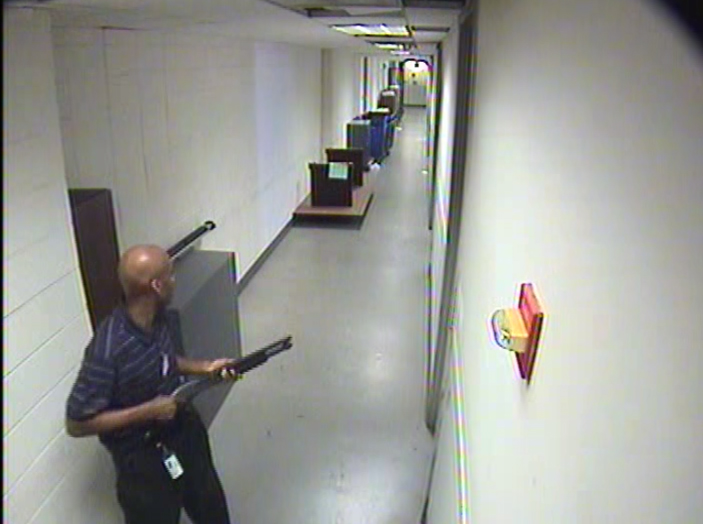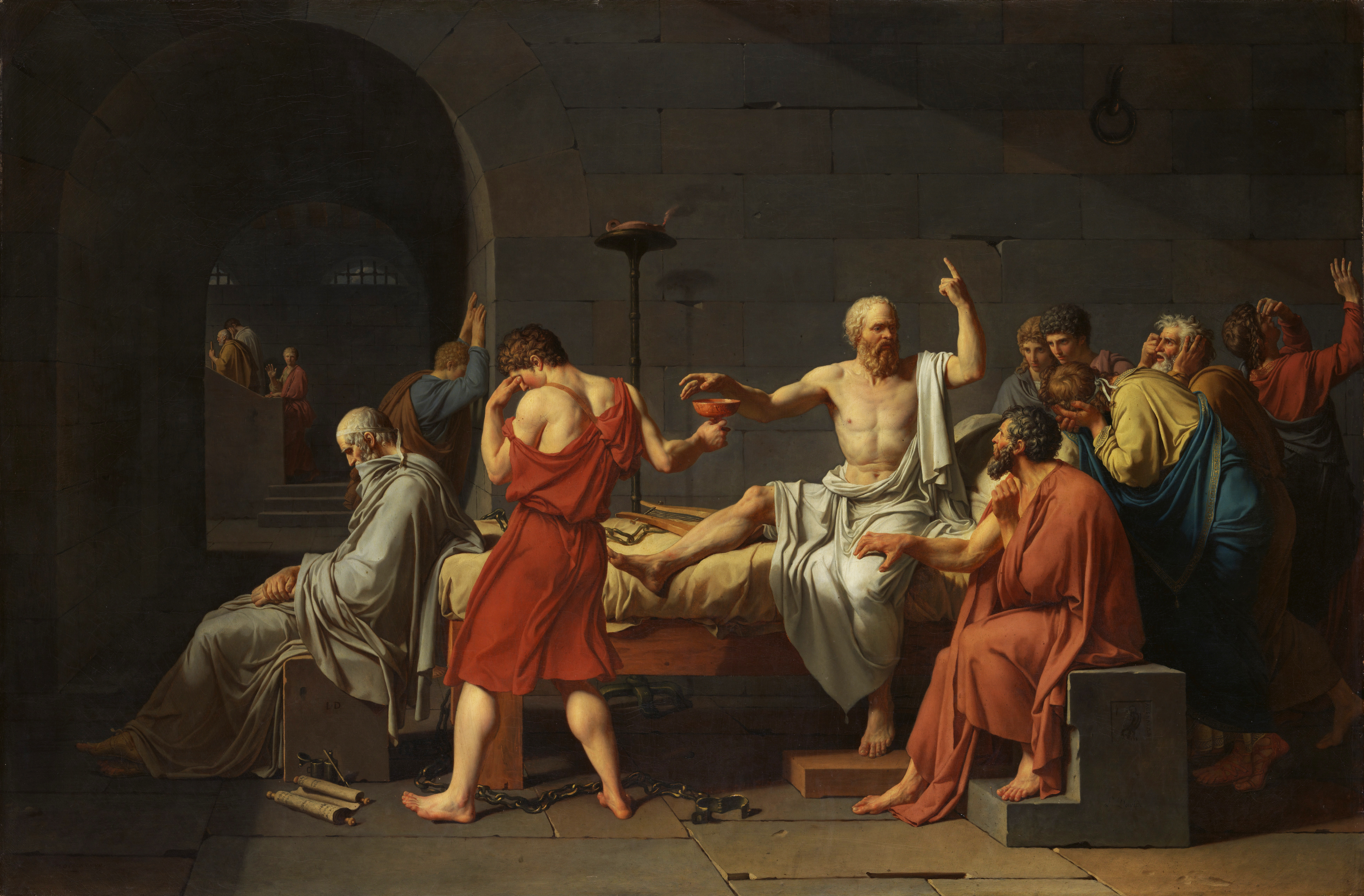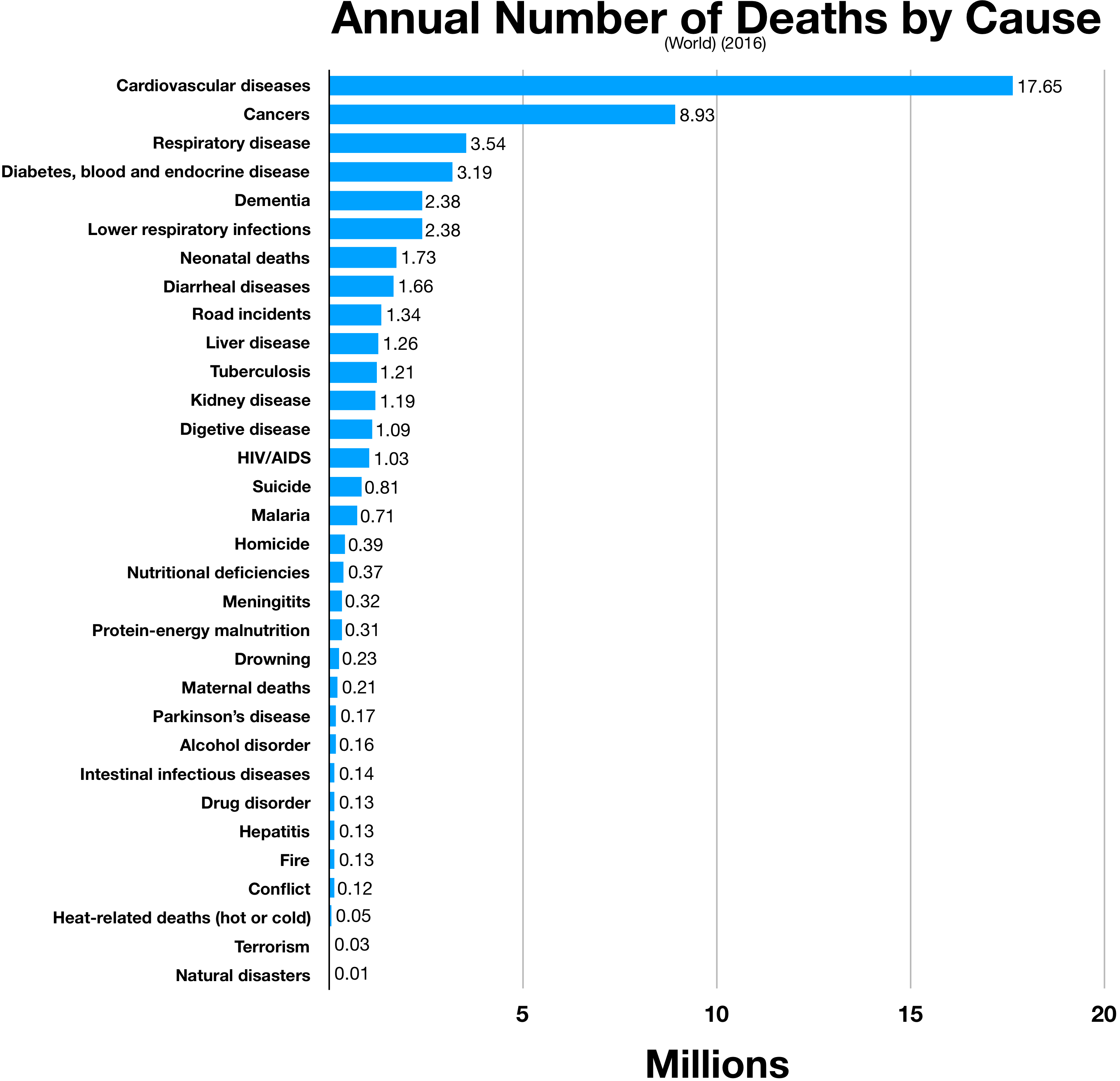|
Letting Die
In non-consequentialist ethical thought, there is a moral distinction between killing and letting die. Whereas killing involves intervention, letting die involves withholding care (for example, in passive euthanasia), or other forms of inaction (such as in the Trolley problem). Also in medical ethics there is a moral distinction between euthanasia and letting die. Legally, patients often have a right to reject life-sustaining care, in areas that do not permit euthanasia. See also * '' Vacco v. Quill'' * Right to die The right to die is a concept rooted in the belief that individuals have the Self-ownership, autonomy to make fundamental decisions about their own lives, including the choice to Suicide, end them or undergo voluntary euthanasia, central to the b ... * Do not resuscitate * Rudy Linares case References Further reading * Bennett Jonathan (1993), 'Negation and abstention: two theories of allowing' in B. Steinbock and A. Norcross (eds.), ''Killing and Letting D ... [...More Info...] [...Related Items...] OR: [Wikipedia] [Google] [Baidu] |
Consequentialist
In moral philosophy, consequentialism is a class of normative, teleological ethical theories that holds that the consequences of one's conduct are the ultimate basis for judgement about the rightness or wrongness of that conduct. Thus, from a consequentialist standpoint, a morally right act (including omission from acting) is one that will produce a good outcome. Consequentialism, along with eudaimonism, falls under the broader category of teleological ethics, a group of views which claim that the moral value of any act consists in its tendency to produce things of intrinsic value.Teleological Ethics " '' |
Ethics
Ethics is the philosophy, philosophical study of Morality, moral phenomena. Also called moral philosophy, it investigates Normativity, normative questions about what people ought to do or which behavior is morally right. Its main branches include normative ethics, applied ethics, and metaethics. Normative ethics aims to find general principles that govern how people should act. Applied ethics examines concrete ethical problems in real-life situations, such as abortion, treatment of animals, and Business ethics, business practices. Metaethics explores the underlying assumptions and concepts of ethics. It asks whether there are objective moral facts, how moral knowledge is possible, and how moral judgments motivate people. Influential normative theories are consequentialism, deontology, and virtue ethics. According to consequentialists, an act is right if it leads to the best consequences. Deontologists focus on acts themselves, saying that they must adhere to Duty, duties, like t ... [...More Info...] [...Related Items...] OR: [Wikipedia] [Google] [Baidu] |
Murder
Murder is the unlawful killing of another human without justification (jurisprudence), justification or valid excuse (legal), excuse committed with the necessary Intention (criminal law), intention as defined by the law in a specific jurisdiction (area), jurisdiction. ("The killing of another person without justification or excuse, especially the crime of killing a person with malice aforethought or with recklessness manifesting extreme indifference to the value of human life.") This state of mind may, depending upon the jurisdiction, distinguish murder from other forms of unlawful homicide, such as manslaughter. Manslaughter is killing committed in the absence of Malice (law), ''malice'',This is "malice" in a technical legal sense, not the more usual English sense denoting an emotional state. See malice (law). such as in the case of voluntary manslaughter brought about by reasonable Provocation (legal), provocation, or diminished capacity. Involuntary manslaughter, ''Invol ... [...More Info...] [...Related Items...] OR: [Wikipedia] [Google] [Baidu] |
Passive Euthanasia
Euthanasia (from : + ) is the practice of intentionally ending life to eliminate pain and suffering. Different countries have different euthanasia laws. The British House of Lords select committee on medical ethics defines euthanasia as "a deliberate intervention undertaken with the express intention of ending a life to relieve intractable suffering". In the Netherlands and Belgium, euthanasia is understood as "termination of life by a doctor at the request of a patient". The Dutch law, however, does not use the term 'euthanasia' but includes the concept under the broader definition of "assisted suicide and termination of life on request". Euthanasia is categorised in different ways, which include voluntary, non-voluntary, and involuntary.Voluntary and involuntary euthanasia '' |
Trolley Problem
The trolley problem is a series of thought experiments in ethics, psychology, and artificial intelligence involving stylized ethical dilemmas of whether to sacrifice one person to save a larger number. The series usually begins with a Scenario (vehicular automation), scenario in which a runaway train, runaway tram, trolley or train is on course to collide with and kill a number of people (traditionally five) down the railway track, track, but a driver or bystander can intervene and divert the vehicle to kill just one person on a different track. Then other variations of the runaway vehicle, and analogous life-and-death dilemmas (medical, judicial, etc.) are posed, each containing the option to either do nothing, in which case several people will be killed, or intervene and sacrifice one initially "safe" person to save the others. Opinions on the ethics of each scenario turn out to be sensitive to details of the story that may seem immaterial to the abstract dilemma. The questi ... [...More Info...] [...Related Items...] OR: [Wikipedia] [Google] [Baidu] |
Medical Ethics
Medical ethics is an applied branch of ethics which analyzes the practice of clinical medicine and related scientific research. Medical ethics is based on a set of values that professionals can refer to in the case of any confusion or conflict. These values include the respect for autonomy, non-maleficence, beneficence, and justice. Such tenets may allow doctors, care providers, and families to create a treatment plan and work towards the same common goal. These four values are not ranked in order of importance or relevance and they all encompass values pertaining to medical ethics. However, a conflict may arise leading to the need for hierarchy in an ethical system, such that some moral elements overrule others with the purpose of applying the best moral judgement to a difficult medical situation. Medical ethics is particularly relevant in decisions regarding involuntary treatment and involuntary commitment. There are several codes of conduct. The Hippocratic Oath discusses ... [...More Info...] [...Related Items...] OR: [Wikipedia] [Google] [Baidu] |
Euthanasia
Euthanasia (from : + ) is the practice of intentionally ending life to eliminate pain and suffering. Different countries have different Legality of euthanasia, euthanasia laws. The British House of Lords Select committee (United Kingdom), select committee on medical ethics defines euthanasia as "a deliberate intervention undertaken with the express intention of ending a life to relieve intractable suffering". In the Netherlands and Belgium, euthanasia is understood as "termination of life by a doctor at the request of a patient". The Dutch law, however, does not use the term 'euthanasia' but includes the concept under the broader definition of "assisted suicide and termination of life on request". Euthanasia is categorised in different ways, which include Voluntary euthanasia, voluntary, Non-voluntary euthanasia, non-voluntary, and Involuntary euthanasia, involuntary. [...More Info...] [...Related Items...] OR: [Wikipedia] [Google] [Baidu] |
Vacco V
Dennis C. Vacco (born August 16, 1952) is an American lawyer and Republican Party politician. He graduated with a B.A. from Colgate University in 1974, a J.D. from the University at Buffalo Law School in 1978, and was admitted to the New York State bar in 1979. He is to date the last Republican to serve as New York Attorney General. Background Vacco was born in Buffalo, New York, and was raised in the western region of upstate New York. Political career As Erie County Assistant District Attorney Vacco was an Assistant District Attorney of Erie County, New York from 1978 to 1988, and United States Attorney for the Western District of New York from 1988 until the beginning of the Clinton administration in 1993. As Attorney General of New York Vacco was the Attorney General of New York from January 1, 1995 to December 31, 1998. 1994 election In 1994, Vacco defeated Karen Burstein, the Democratic nominee. One week before the election, Staten Island Borough President Guy ... [...More Info...] [...Related Items...] OR: [Wikipedia] [Google] [Baidu] |
Right To Die
The right to die is a concept rooted in the belief that individuals have the Self-ownership, autonomy to make fundamental decisions about their own lives, including the choice to Suicide, end them or undergo voluntary euthanasia, central to the broader notion of Health freedom movement, health freedom. This Rights, right is often associated with cases involving Terminal illness, terminal illnesses or incurable pain, where assisted suicide provides an option for individuals to exercise control over their suffering and dignity. The debate surrounding the right to die frequently centers on the question of whether this decision should rest solely with the individual or involve Government, external authorities, highlighting broader tensions between Civil liberties, personal freedom and societal or legal restrictions. Religious views on suicide, Religious views on the matter vary significantly, with some traditions such as Hinduism (''Prayopavesa'') and Jainism (''Santhara'') permitti ... [...More Info...] [...Related Items...] OR: [Wikipedia] [Google] [Baidu] |
Do Not Resuscitate
A do-not-resuscitate order (DNR), also known as Do Not Attempt Resuscitation (DNAR), Do Not Attempt Cardiopulmonary Resuscitation (DNACPR), no code or allow natural death, is a medical order, written or oral depending on the jurisdiction, indicating that a person should not receive cardiopulmonary resuscitation (CPR) if that person's heart stops beating. Sometimes these decisions and the relevant documents also encompass decisions around other critical or life-prolonging medical interventions. The legal status and processes surrounding DNR orders vary in different polities. Most commonly, the order is placed by a physician based on a combination of medical judgement and patient involvement. Basis for choice Interviews with 26 DNR patients and 16 full code patients in Toronto, Canada in 2006–2009 suggest that the decision to choose do-not-resuscitate status was based on personal factors including health and lifestyle; relational factors (to family or to society as a whole); ... [...More Info...] [...Related Items...] OR: [Wikipedia] [Google] [Baidu] |
Rudy Linares Case
Rodolfo "Rudy" Linares Sr. was an American house painter who in April 1989 held nurses at bay at gunpoint and disconnected the respirator keeping his comatose infant alive. Cause and the incident In August 1988, Rudy's 6-month-old son Samuel had accidentally swallowed a balloon at a birthday party, damaging his brain. Despite Rudy's attempt to resuscitate him and then carrying him to a fire station, Samuel came to be in a persistent vegetative state, and was only kept alive via a respirator. After eight months the family had requested that Samuel be allowed to die. The doctors agreed, but the hospital's lawyer advised against it due to potential criminal charges. Linares entered the hospital on April 26 with a .357 Magnum revolver and proceeded to the bed where Samuel lay. Holding the medical staff at bay he disconnected the respirator and cradled the infant in his arms for approximately 20 minutes until a nearby doctor confirmed Samuel had died at the age of 15 months. Rudy ... [...More Info...] [...Related Items...] OR: [Wikipedia] [Google] [Baidu] |
Causes Of Death
The following is a list of the causes of human deaths worldwide for different years arranged by their associated mortality rates. Some causes listed include deaths also included in more specific subordinate causes, and some causes are omitted, so the percentages may only sum approximately to 100%. The causes listed are relatively immediate medical causes, but the ultimate cause of death might be described differently. For example, tobacco smoking often causes lung disease or cancer, and alcohol use disorder can cause liver failure or a motor vehicle accident. For statistics on preventable ultimate causes, see preventable causes of death. In 2002, there were about 57 million deaths. In 2005, according to the World Health Organization (WHO) using the International Classification of Diseases (ICD), about 58 million people died. In 2010, according to the Institute for Health Metrics and Evaluation, 52.8 million people died. In 2016, the WHO recorded 56.7 million deaths w ... [...More Info...] [...Related Items...] OR: [Wikipedia] [Google] [Baidu] |







